ALFALFA
ANDREWS SEED VARIETIES
AND 1044
- Selected for increased persistence
- Resistance and/or High Resistance to 5 Major pests included 5 disease, 2 insects, and 2 Nematodes
- Dark-Green color with medium-fine stems
- Excellent Stem Nematode resistance
- Excellent Winter Survival
- Fall Dormancy: 4.2
AND 7530
- Selected for increased persistence
- High resistance to all 5 major diseases
- Dark-Green color with medium-fine stems
- Excellent Stem Nematode resistance
- Excellent Winter Survival
- WSI = 2.4 (Winter Survial Index)
- Fall Dormancy: 3.0
AND 7540
- Selected for increased persistence
- Resistance and/or High Resistance to 10 Major pests included 5 diseases, 2 insects, and 3 Nematodes
- Dark-Green color with medium-fine stems
- Excellent Quality
- Excellent Winter Survival
- WSI=2.6
- Fall Dormancy: 4.2
AND 7550
- Selected for increased persistence to 4 Nematodes
- Resistance and/or High
Resistance to 11 Major
pests included 5 diseases,
2 insects, and 4 Nematodess - Dark-Green color with medium-fine stems
- WSI=4.1
- Fall Dormancy: 5.0
AND 7570
- Selected for increased persistence to 2 Nematodes
- Resistance and/or High
Resistance to 9 Major pests included 5 diseases, 2 insects, and 2 Nematodes - Dark-Green color with
medium-fine stems - Fall Dormancy: 7.0
OLD VARIETIES
LADAK
- Developed by the USDA in 1910.
- A tough, winter-hardy Alfalfa.
- Drought Tolerant.
- Susceptible to Lepto Leaf Spot (Wet
Conditions). - Susceptible to Phytophthera Root Rot
(Wet Conditions). - Fall Dormancy: 2.0
VERNAL
- Developed by University of Wisonsin in
1953. - Fine-stemmed with dark green leaves.
- Winter-hardiness of varieties adapted
to the far north. - Very good cutting tolerance and very
fast recovery. - Drought tolerant.
- Fall Dormancy: 2.0
Vernema
- Developed by the USDA and the
Washington Agricultural Experiment
Station in 1981. - Winter-hardy…but with an FD of 4.
- Bred for quality forage production:
- Generous leaf-to-stem ratio with high
protein content. - Fall Dormancy: 4.0
Wrangler
- Developed by the Nebraska USDA and
AES breeding program in 1984. - Fine-stemmed and leafy: Forage quality
similar to Vernal (with better resistance
package). - Used for short and long-term hay and
rotational grazing. - Fall Dormancy: 2.0
Drought-Tolerant Varieties:
NOMAD
- Developed in 1941.
- Excellent Rangeland Alfalfa.
- A tough, winter-hardy variety.
- Drought-Tolerant.
- Persists under heavy grazing and even
rodent damage. - Spring planting preferred.
- Fall Dormancy: 2.0
PERRY
- Contains Ranger parentage but generally produces higher yields.
- Drought Tolerant.
- Long-lived and persistent stands.
- Used for hay production and rotationally grazed pastures.
- Fall Dormancy: 3.0
Ranger
- Developed by the Nebraska Agricultural Experiment Station and USDA and released in 1942.
- A winter-hardy, tough alfalfa used in many areas in the upper Midwest.
- Drought Tolerant: …However, High yields with irrigation and heavy planting.
- Long-lived stands with deep taproot.
- Parent of Perry Alfalfa.
- Susceptible to leaf spot diseases.
- Fall Dormancy: 3.0
Western Favorites
Surpass
- High-yielding, high quality (outstanding nutrient value), dark green variety: One of our best performers.
- Long-lasting variety and top winterhardiness.
- Can be used for hay, haylage, greenchop, or dehy production.
- Fall Dormancy: 3.0
TreasureValley
Blend
- A three-variety blend of Perry, Vernema, and Surpass that has become a local and Northwest favorite.
- Contains the high-nutrient values and generous leaf-to-stem ratio of Vernema and Surpass and boasts the drought tolerance and persistence of Perry.
- Contains a broad-spectrum pest-and disease resistance package.
- Fall Dormancy: 3.0 – 4.0

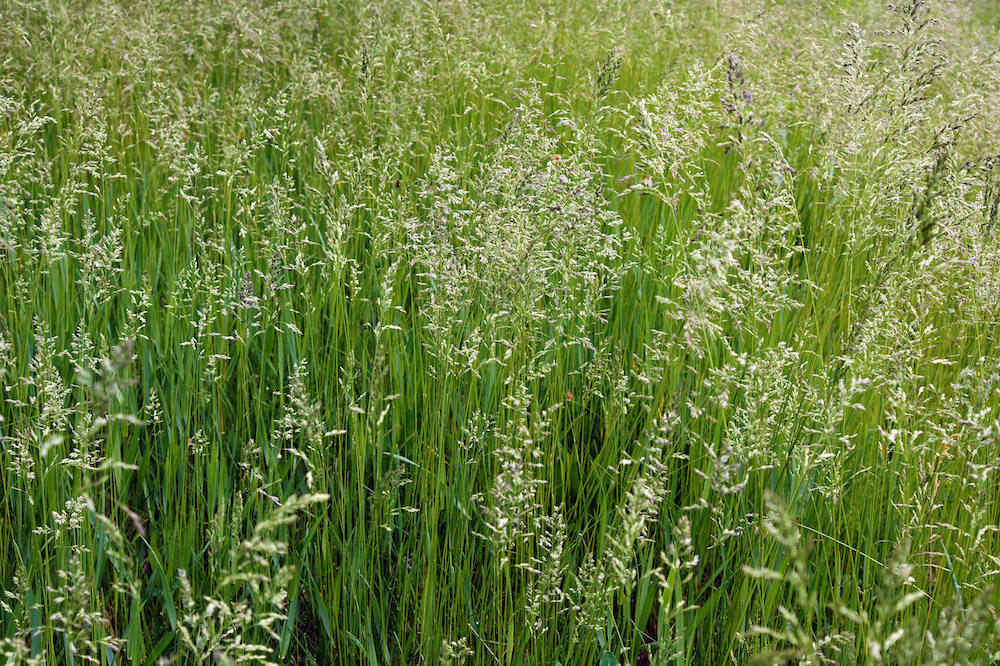


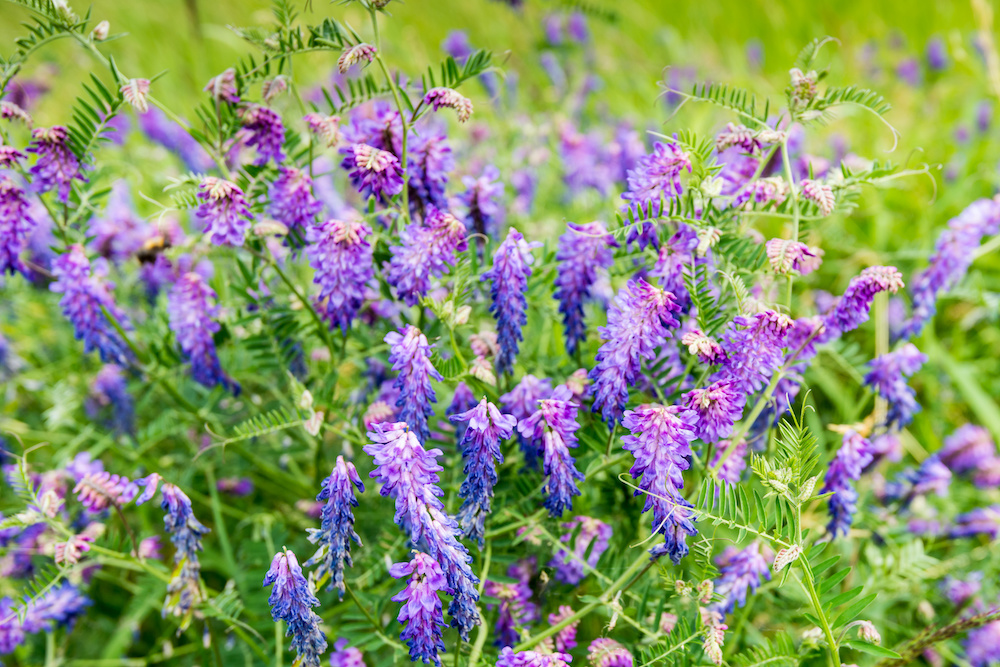
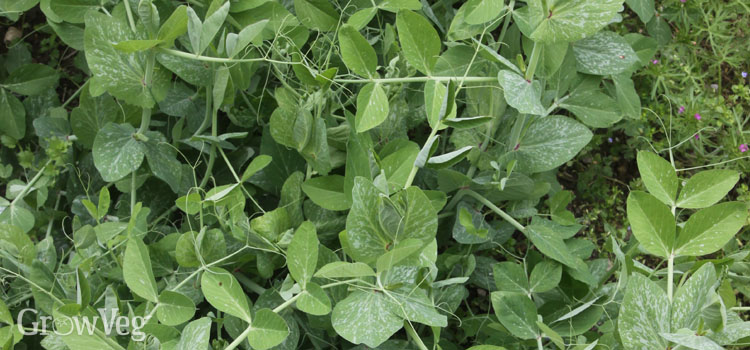

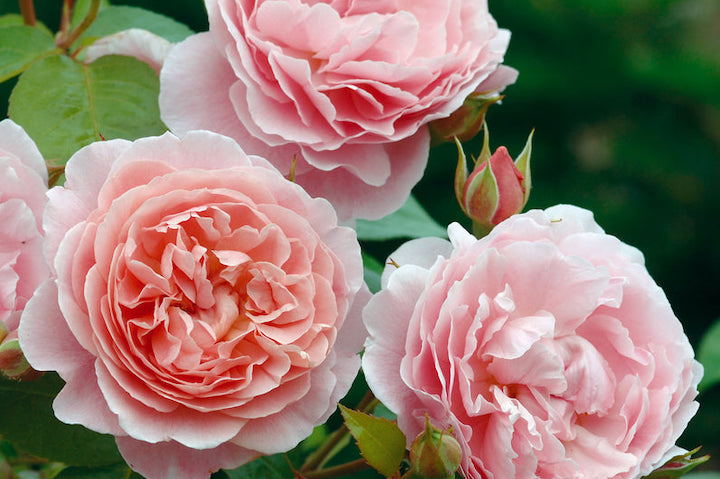

 Care Guides
Care Guides David Austin Roses
David Austin Roses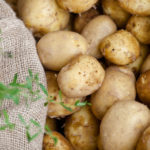 Plant Lists
Plant Lists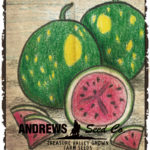 Bulk Seed List
Bulk Seed List